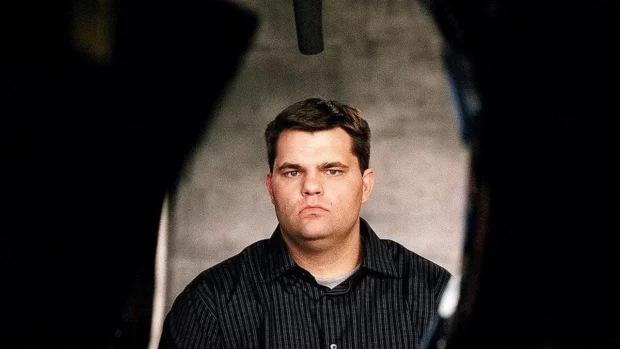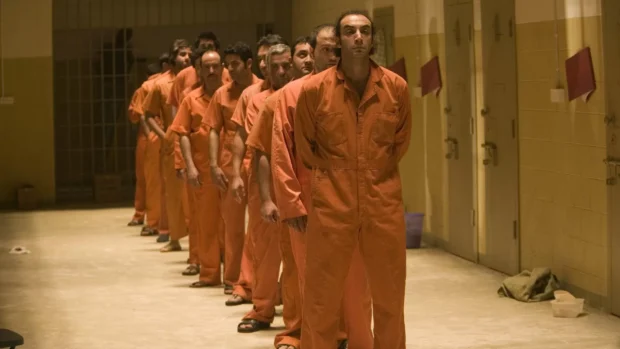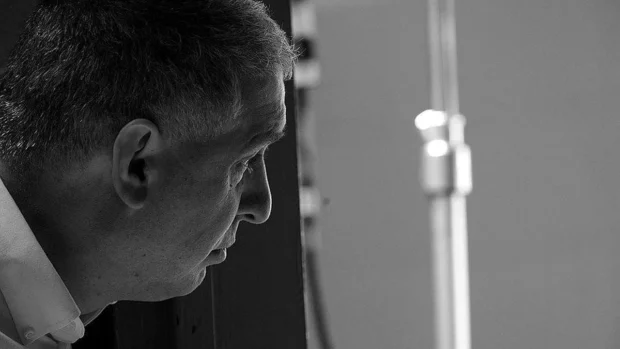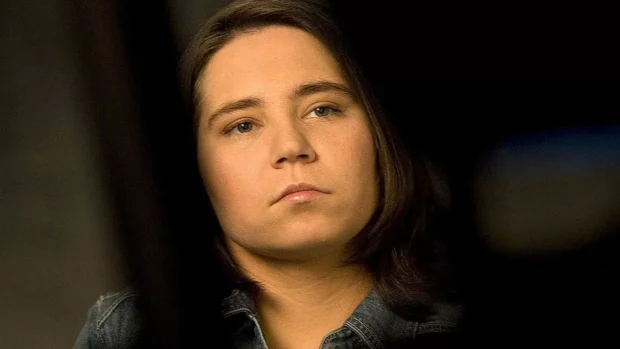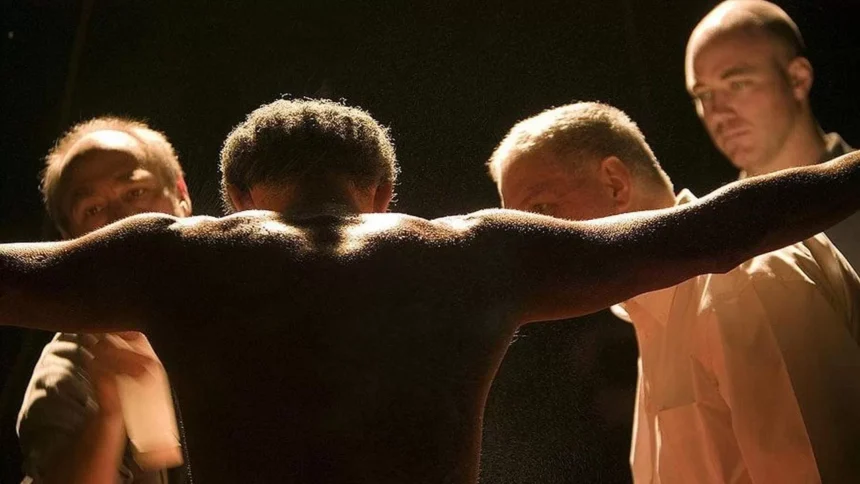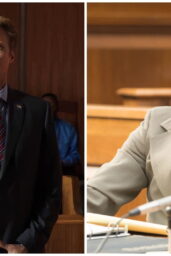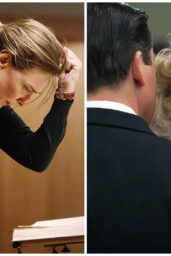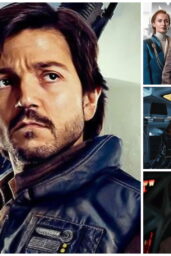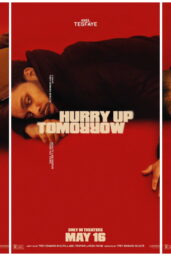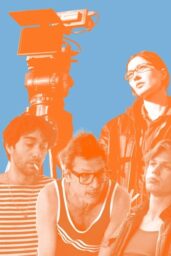Is it possible for a photograph to change the world? Photographs taken by soldiers in Abu Ghraib prison changed the war in Iraq and changed America's image of itself. Yet, a central mystery remains. Did the notorious Abu Ghraib photographs constitute evidence? Of systematic abuse by the American military, or were they documenting the aberrant behaviour of a few “bad apples”?
We set out to examine the context of these photographs. Why were they taken? What was happening outside the frame? We talked directly to the soldiers who took the photographs and who were in the photographs. Who are these people? What were they thinking? Over two years of investigation, we amassed a million and a half words of interview transcript, thousands of pages of unredacted reports, and hundreds of photographs.
The story of Abu Ghraib is still shrouded in moral ambiguity, but it is clear what happened there. The Abu Ghraib photographs serve as both an expose and a cover-up. An expose, because the photographs offer us a glimpse of the horror of Abu Ghraib; and a cover-up because they convinced journalists and readers they had seen everything, that there was no need to look further. In recent news reports, we have learned about the destruction of the Abu Zubaydah interrogation tapes. a cover-up. It has been front page news.
But the cover-up at Abu Ghraib involved thousands of prisoners and hundreds of soldiers. We are still learning about the extent of it.
